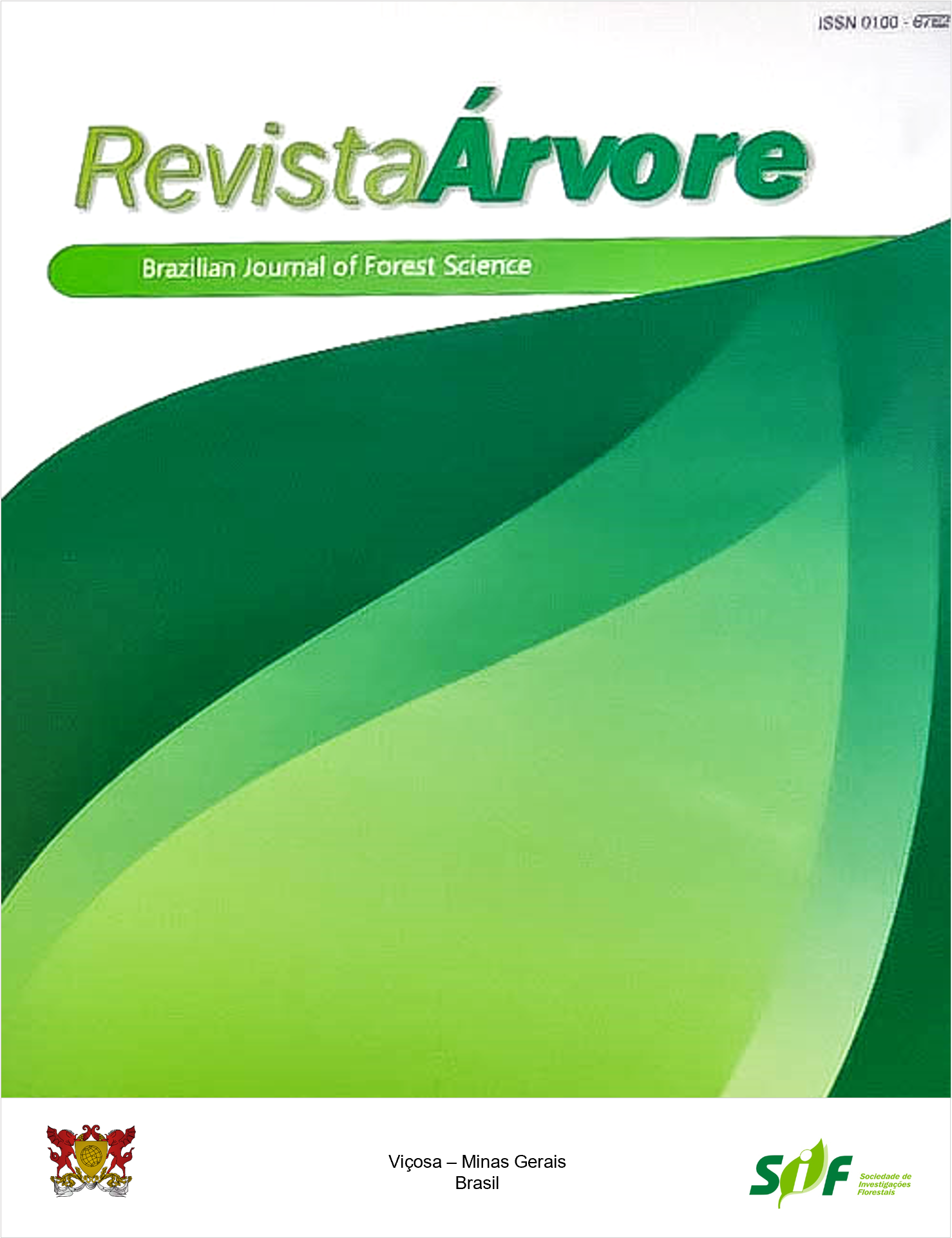RELATIONSHIPS BETWEEN AVIAN DIVERSITY AND AGRICULTURAL LANDSCAPE HETEROGENEITY
Keywords:
Agricultural area, Avian diversity, Landscape metricsAbstract
Studies on birds and their habitats are usually conducted in natural areas (protected areas, forests, wetlands, etc.). In this study, the relationship between agricultural landscape diversity and the species diversity of birds was investigated in an agricultural zone surrounded by natural and forested areas. Observations were carried out in 60 sample grid squares. Presence/absence data for birds and cultivated plants at each sample site were recorded. The Shannon-Wiener diversity index for bird species and landscape metrics for agricultural areas were used in the sample site. A multiple linear regression analysis was performed to explain the correlation between agricultural landscape diversity and bird species diversity. According to the results, the area-weighted mean shape index (AWMSI) and the number of patches (NP) were found to be particularly effective at predicting bird species diversity (R2 = 0.66). In addition, as the patch number and patch shape ratio increased in a sample area, the diversity of bird species (R = 0.83) expanded. It can be concluded that agricultural zones consisting of small, different patches are rich areas for bird species diversity. Bird species diversity is lessened in agricultural areas with uniform or similar landscape structures consisting of large patches. If the NP in the area is high, but not distributed in a mosaic pattern, then the diversity of bird species is considered weak. Despite the increasing NP and patch types, bird species diversity declines if there is intense human activity in the area.
Keywords: Agricultural area; Avian diversity; landscape metrics
Downloads
Published
How to Cite
Issue
Section
License
All authors agreed to submit the work to Revista Árvore and granted the exclusive license to publish the article. The authors affirm that it is an original work and has not been previously published elsewhere. The scientific content and opinions expressed in the article are the sole responsibility of the authors and reflect their opinions, not necessarily representing the opinions of the editorial board of Revista Árvore or of the Society of Forest Investigations (SIF).




